Roy's Art Fair
Tickets are now on available.
Roy's Art Fair is London's only artist-run art fair, showcasing the work of the very best in emerging art to art lovers from all experiences.
On 12th-15th August 2021 we return to the iconic Bargehouse, OXO Tower Wharf presenting 70 talented artists. We're looking forward to bringing you a live art event that supports artists all while presenting an oppurtunity to purchase and view in a safe environment.
Roy's Art Fair London: Bargehouse, OXO Tower Wharf, London SE1 9PH.
Opening Hours**
Private View, Thursday 12th August 5pm - 8:30pm - limited tickets available
Friday 13th August: 12pm-7pm
Saturday 14th August: 11am-7pm
Sunday 15th August : 11am-5pm
** Children under 16 years do not need an entry ticket and must be accompanied by an adult.
Roy’s Art Fair was created in 2017 and is run by artists Roy Tyson, William James Claridge & Emma Murphy. We give artists an alternative platform to present their work whilst also creating a unique art fair experience for visitors allowing them to interact with the artists and buy artwork directly from them. At each of our London art fairs, you will discover original affordable artwork from a wide variety of artists carefully selected based on quality and talent.
Since 2012, Roy has been working as a professional artist. Since then he has exhibited his artwork worldwide via Art Fairs & galleries. Whilst experiencing art fairs and going through the emotions of applying and exhibiting, Roy decided that he would like to create an artist-run art fair, Roy’s Art Fair. Originally joining forces with fellow artist Sam Peacock, the art fair is run by Roy, Will & Emma, with each bringing their own expertise to the organising and successful hosting of each event.
Here at Roy’s Art Fair, our team strongly believe in promoting all levels of artists from emerging to established. We work closely with each of our artists to ensure the art fair becomes a successful experience.
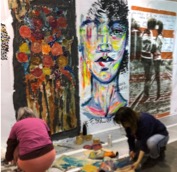 |
| Bargehouse |
Naughty Numbers in the News
Professor David Spiegelhalter, world-leading statistician, will speak about the trustworthy communication of risk and evidence.
HealthWatch is celebrating its 30th birthday on Tuesday July 27th with a special guest speaker – our 2021 joint award winner – and perhaps the first statistician to have been acclaimed a ‘national treasure’.
David Spiegelhalter holds the Winton Professorship of the Public Understanding of Risk, at the University of Cambridge, England. His controversial theme: “Trustworthy communication of risk and evidence: the battle against naughty numbers in the news.”
Please join us for a very special night in our history to hear how one of the world’s leading statisticians sees the figures that will help, for good or ill, to shape our destiny.
This is a live (in-person) event and we hope to have room for 80 guests, but final numbers may be restricted subject to Covid-19 regulations. Places will be allocated on a first-come, first-served basis.
Start-time: 6:30 for 7:00 p.m.
Refreshments will be provided.
HealthWatch is the UK charity founded in 1991 to promote good science and integrity in health care. We are independent, and run by volunteers. If you would like us to arrange more events like this, please support us: go to HealthWatch and look for the "donate" button on the homepage.
 |
| The Medical Society of London |
Wild Plants of Holland Park
Dr Mark Spencerw will be on hand to help identify and classify the range of native and non-native species of wildflowers in the Park in this evening walk. Part of the Bee Superhighway Project to create pollination hotspots in the Borough RBKC.
The Holland Park Ecology Centre is run by the Royal Borough of Kensington and Chelsea's Ecology Service. One of our aims is to promote awareness and understanding of biodiversity and the local environment through formal and informal education. We do this via environmental visits for schools, holiday activities for children and an adults events programme..
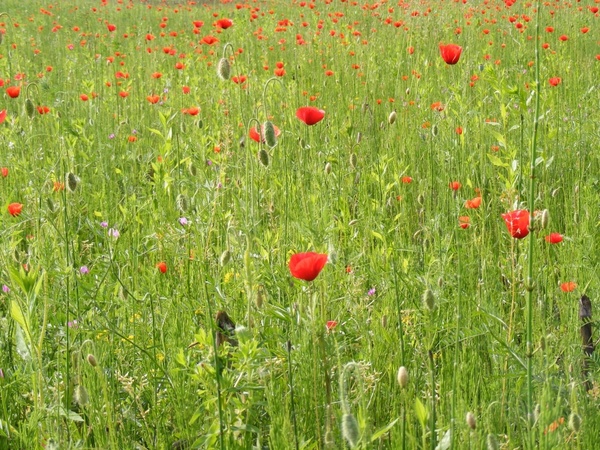 |
| Holland Park Ecology Centre |
City of London Model Talk
Learn about the history and future of the Square Mile with this fascinating architectural model.
Produced by Pipers, the model is a unique way to study this history through the City's built environment. In addition to the historic street plan of the City and a number of heritage assets this 1:500 scale model of the city features all buildings that currently have planning permission which gives you a sneak peek at the City's future skyline.
Join us for a free 20-minute introductory talk, where one of our knowledgeable team will introduce the model and reveal what it teaches about the history, present and future of the City of London. Detailing every existing building and planned new development in the City, the model is a fascinating record of its built environment, allowing a panoramic birds eye view of the area.
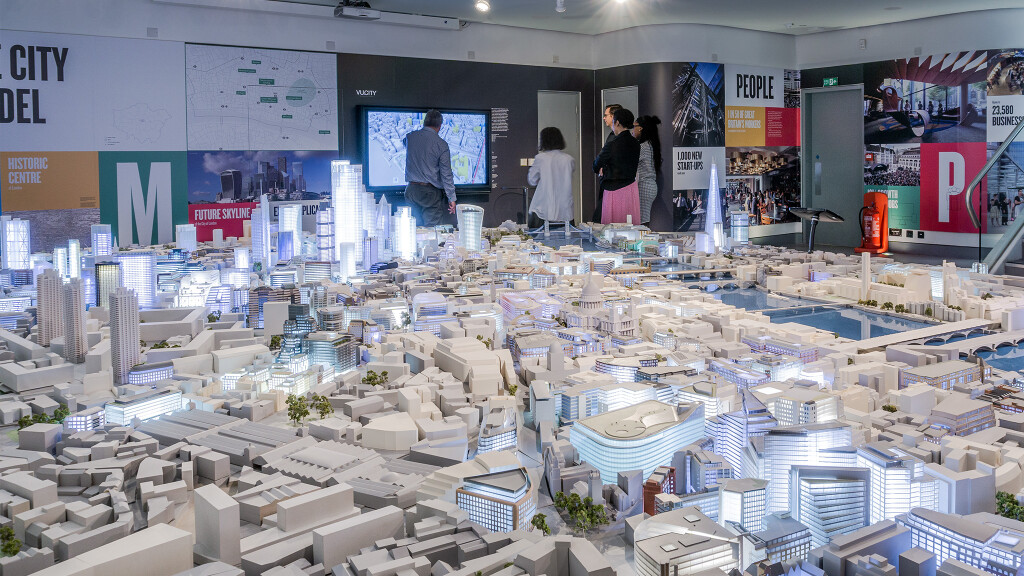 |
| The City Centre |
Hyde Park Parakeet Safari
Get up close and personal with these friendly, cute and plucky newcomers. The Hyde Park parakeets are very tame. Their favourite foods are shelled unsalted peanuts, sunflower seeds and apples. I will bring a large bag of shelled peanuts to share with you. As for us humans there are a number of café’s open in the park offering take away food and drink.
Obviously this event will depend on government restrictions and the weather. Check back closer to the date of the event.
The parakeets hang out close to the Serpentine (more accurately called ‘Long Water’) just a short distance from the Peter Pan statue when walking from the Italian Gardens. Another way of describing this spot is on the opposite side of the serpentine from the Henry Moore statue. On Google map https://goo.gl/maps/qhWkmez7kiep1Jp29 .
The earliest sighting of a flock of parakeets was in 1855 in Norfolk, and parakeets were also seen in Dulwich in 1893 and Brixton in 1894 so the urban myths about being released from film sets or by musicians as a publicity stunt are somewhat moot. Parakeet numbers rocketed about fifteen years ago, know one quite knows why. They are found mainly in cities, probably because of the availability of an easy meal from garden bird feeders.
Thy are classed as a pest and have damaged grape and apple crops in the countryside. Attempts have been made to control their numbers by shooting but to no avail. They are clever and recognise humans that are likely to do them harm, in some countries farmers have taken to wearing discuses so as to get a clear shot at them. Parakeet numbers are increasing and they are moving north at a steady rate. Originally from the foothills of the Himalayas and southern India (the UK has its own hybrid subspecies) the UK winter is quite mild by comparison.
The Parakeets don’t seem to have much impact on native species but this may change as their numbers grow. One issue is that they roost in their thousands and the noise is intolerable. I had one squawk close to my ear when it was sitting on my shoulder and I estimate it to be in the region of 90db. I can only imagine just how loud a thousand of these rascals can be.
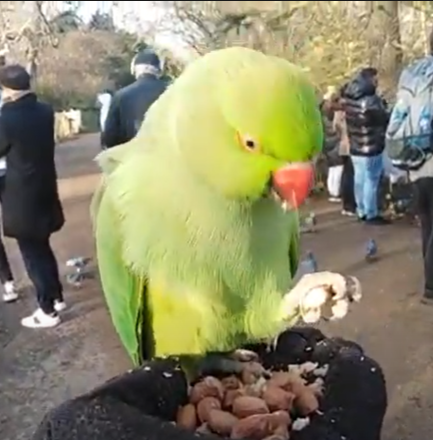 |
| Hyde Park |
Engineering the Future of Civilisation
Today’s unprecedented pace of change is provoking widespread fear and scepticism about the ways engineering advance is affecting our lives. Is improved health care creating an ageing population which cannot be cared for? Will autonomous drones with facial recognition software and lethal weapons soon be used to terrorise or coerce us? Are artificial intelligence and robotics poised to cause massive unemployment, or even wrest control from human leaders? And has our growing demand for energy driven the Earth’s climate to the edge of catastrophe?
In contrast to the hysteria and doom which characterise these topics, Lord Browne will show why it is imperative that society encourages, rather than hinder, technological progress. Engineering is and always has been the lifeblood of civilisation. From the flint hand axe to the quantum computer, it has transformed what it is to be human. Across the ages, engineering has made the world less violent; a place with much less poverty, disease and starvation; where a growing majority of people can read and write and more people than ever have the freedom to build the life they want to live.
Drawing on history, his own experiences and conversations with many of today’s great innovators, he will acknowledge the unintended consequences of progress, but show that it is our also our primary source of solutions. We have the engineered solutions we need to forestall the worst effects of climate change, for example. And biomedical engineering can provide the means to care for the world’s growing populations with sensitivity and compassion. Applied responsibly and inclusively, engineering can deliver a brighter future.
Lord Browne was born in 1948. He holds degrees in Natural Sciences from Cambridge and an MS in Business from Stanford.
He joined BP in 1966 as a university apprentice, between 1969 and 1983 had a variety of exploration and production posts in North America and the UK, and in 1984 became Group Treasurer and Chief Executive of BP Finance International. He held senior roles during the BP/Standard and BP/Amoco mergers in 1987 and 1998 and was appointed Group Chief Executive in 1995. He left in 2007.He is Executive Chairman of L1 Energy and Chairman of Huawei UK, Stanhope Capital, and the Accenture Global Energy Board. He is a director of Pattern Energy and a member of the advisory boards of Edelman, Schillings and the big data technology companies Afiniti, Kayrros, and Windward.
Lord Browne was voted Most Admired CEO by Management Today every year between 1999 and 2002, was knighted in 1998 and made a life peer in 2001.
He was Chairman of the Trustees of the Tate Galleries from 2009 to 2017. He is currently Chairman of the board of the Donmar Warehouse and Chairman of the Courtauld Institute of Art. He is a member or Chairman of the boards of a number of other organisations, including the Blavatnik School of Government in Oxford.He is Chairman of the Francis Crick Institute, and is a Fellow and past President of the Royal Academy of Engineering. He is a Fellow of the Royal Society and the Institute of Materials, Minerals and Mining, and an Honorary Fellow of a number of institutions.
He was the UK Government’s Lead Non-Executive Board Member from 2010 to 2015, and chaired the committee that authored the Browne Report, an independent review of higher education published in 2010.
In 1999, The Royal Academy of Engineering awarded him the Prince Philip Medal for his outstanding contribution to engineering. He has also been awarded Honorary Doctorates from a number of leading universities, is an Honorary Fellow of John’s, Cambridge, and is a Senior Member of St Antony’s College, Oxford.
His interests are 16th- to 18th-century illustrated Italian books; pre-Colombian art; contemporary art; music; opera and the theatre; and Venice.
Lord Browne is the author of four books, Beyond Business, Seven Elements that Changed the World, The Glass Closet: Why Coming Out is Good Business and the Sunday Times bestseller Connect: How Companies Succeed by Engaging Radically with Society. His fifth book – Make, Think, Imagine: Engineering and the Future of Civilisation – will be published in May 2019.
This magnificent building in Belgravia is host to interesting talks on a diverse range of subjects, They are very generous with the reception after the talk. Meet the speaker after the talk and have them answer all your questions.
Open an account with SCI to order your free ticket for this and other events.
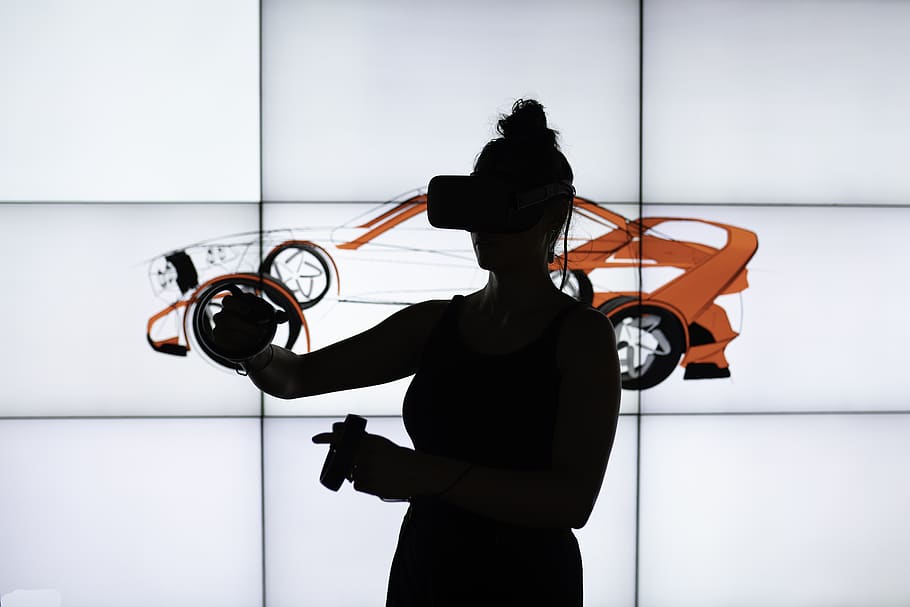 |
| Society of Chemical Industry |